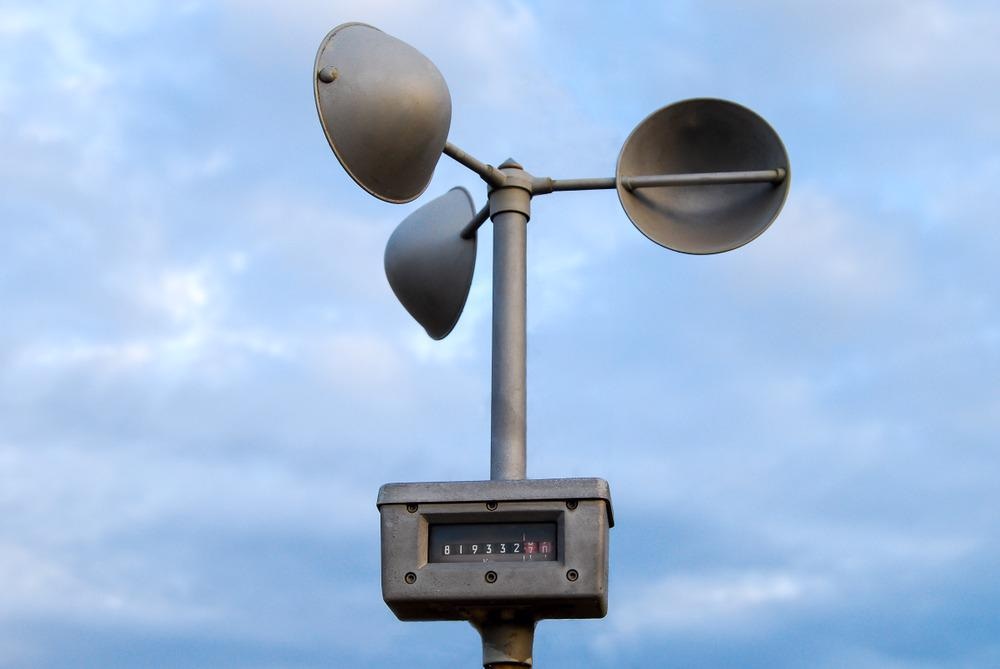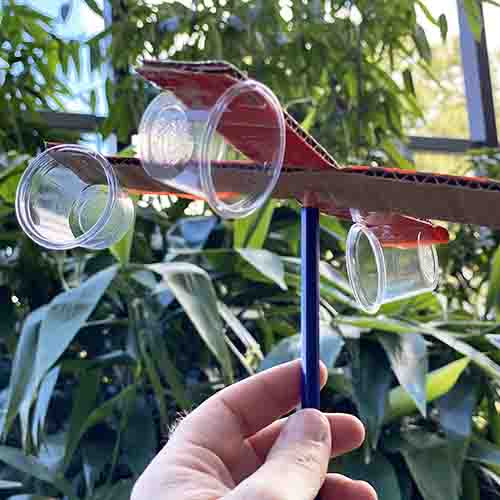Professional Tips for Calibrating Your Anemometer for Optimum Efficiency
Professional Tips for Calibrating Your Anemometer for Optimum Efficiency
Blog Article
Anemometers Unveiled: Understanding Their Significance in Ecological Monitoring and Safety And Security Measures
The duty of anemometers in ecological tracking and safety procedures is frequently underestimated, yet their value is indisputable. From meteorology to air travel safety and security, anemometers play a vital function in providing precise information that informs decision-making procedures and improves total safety.
Background of Anemometers
The development of anemometers can be traced back to the old civilizations where primary wind measuring gadgets were initial used. One of the earliest well-known anemometers was the hemispherical mug anemometer invented by Leon Battista Alberti in the 15th century.
In the 18th century, the prominent researcher John Thomas Romney Robinson introduced the Robinson anemometer, which featured four hemispherical cups mounted on straight arms that expanded from a central axis. This design ended up being a requirement in atmospheric dimensions as a result of its precision and reliability. Over the years, improvements in modern technology brought about the advancement of even more modern-day anemometers, consisting of ultrasonic anemometers and laser Doppler anemometers, providing raised accuracy and performance in gauging wind rate and direction. The history of anemometers showcases an amazing journey of development and development in the area of weather forecasting.
Sorts Of Anemometers
Throughout the area of meteorology, various kinds of anemometers have been established to properly determine wind speed and instructions. Sonic anemometers make use of ultrasonic signals to measure wind rate and direction properly. Hot-wire anemometers operate based on the principle that the cooling result of wind on a warmed wire is symmetrical to the wind speed.
Applications in Meteorology
Having actually discussed the numerous sorts of anemometers utilized in meteorology for determining wind speed and instructions, it is necessary to discover their practical applications in the field. Anemometers play a vital role in weather forecasting by giving accurate and real-time data on wind conditions (anemometer). Meteorologists make use of anemometers to monitor wind speed and direction to anticipate climate patterns, problem cautions for serious weather condition events like tornados, twisters, and typhoons, and evaluate atmospheric problems for aviation safety
In weather forecasting, anemometers aid in recognizing neighborhood and regional wind patterns, which are important for forecasting weather condition modifications and identifying climatic patterns. These devices are likewise made use of in study to research microclimates, city warm islands, and air pollution diffusion. Furthermore, anemometers are utilized in farming to maximize plant administration practices, such as watering and chemical application, based upon wind conditions.
Significance in Aviation Safety And Security
An indispensable element of making certain aviation security depends on the meticulous tracking of wind conditions making use of anemometers. Anemometers play an essential duty in aviation by giving real-time information on wind rate and direction, helping pilots in making informed decisions throughout flight, touchdown, and liftoff. Strong and unforeseeable winds can considerably influence aircraft operations, making it necessary for air travel authorities to rely upon accurate wind dimensions to make certain the security of travelers Full Report and staff.

In the dynamic setting of aeronautics, where even minor modifications in wind speed and instructions can have profound impacts, anemometers stand as important devices for advertising secure and secure air traveling.
Duty in Environmental Study
Anemometers play a crucial role in environmental research by offering necessary data on wind speed and direction. By precisely determining wind attributes, anemometers assist researchers examine the look these up motion of contaminants in the air, examine the effect of industrial emissions, and anticipate the spread of pollutants in the atmosphere.


Final Thought
Finally, anemometers have actually played an important role in environmental monitoring and safety procedures. With an abundant background and numerous kinds offered, these devices have been extensively utilized in weather forecasting, air travel safety and security, and environmental research. Recognizing the relevance of anemometers is essential for accurately measuring wind rate and direction, which is important for forecasting weather patterns, making sure you can check here safe aeronautics procedures, and performing ecological studies - anemometer. Their contributions to these fields can not be underestimated.
One of the earliest recognized anemometers was the hemispherical mug anemometer invented by Leon Battista Alberti in the 15th century. Over the years, innovations in technology led to the development of even more modern anemometers, including ultrasonic anemometers and laser Doppler anemometers, supplying enhanced accuracy and performance in determining wind speed and direction. Hot-wire anemometers operate based on the concept that the cooling effect of wind on a warmed cable is proportional to the wind speed. Meteorologists use anemometers to monitor wind rate and direction to forecast climate patterns, problem warnings for extreme weather condition events like tornados, hurricanes, and hurricanes, and examine climatic problems for aeronautics security.
Recognizing the value of anemometers is important for accurately gauging wind rate and direction, which is essential for forecasting weather condition patterns, making certain secure aviation procedures, and conducting environmental research studies. (anemometer)
Report this page